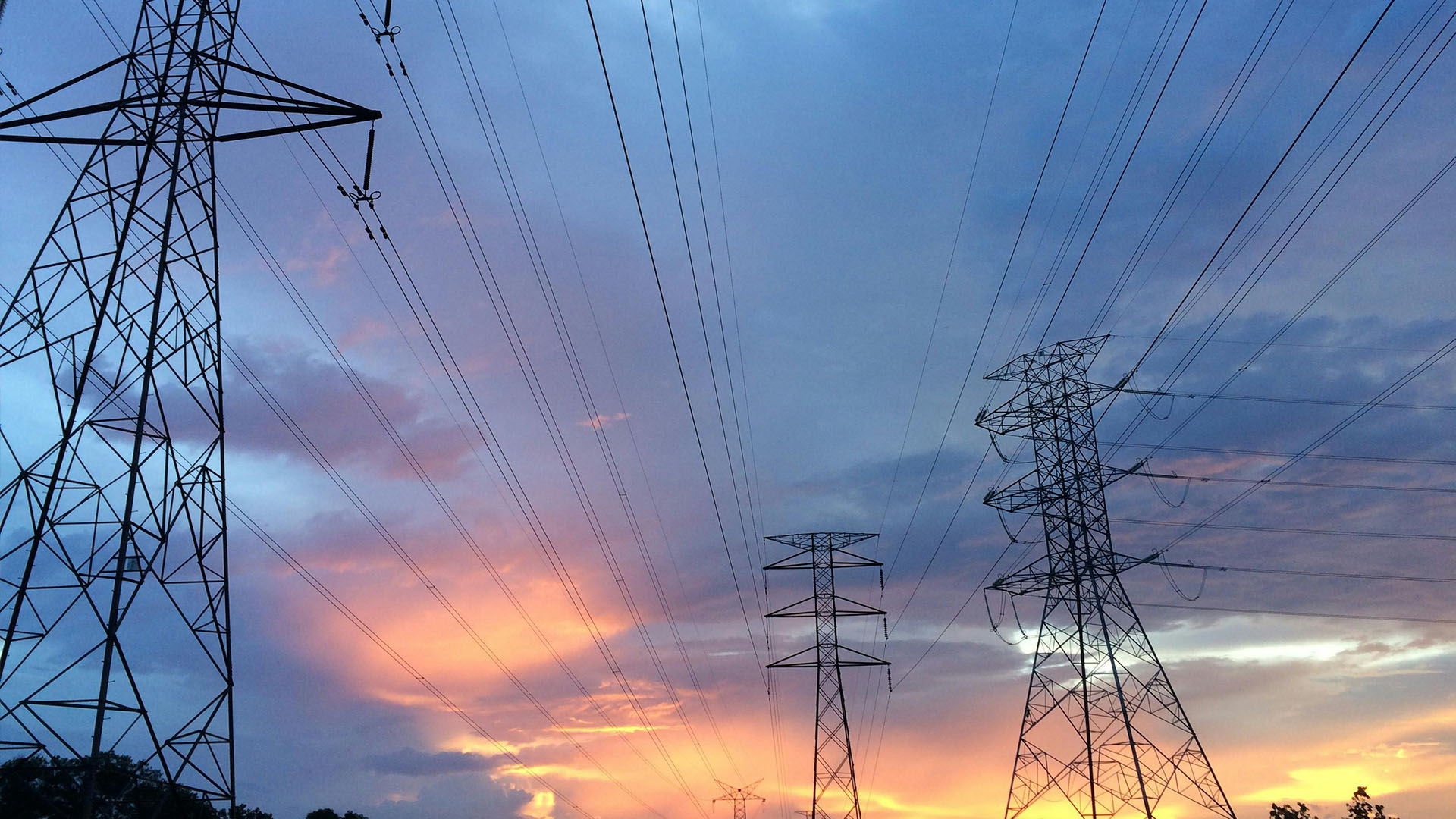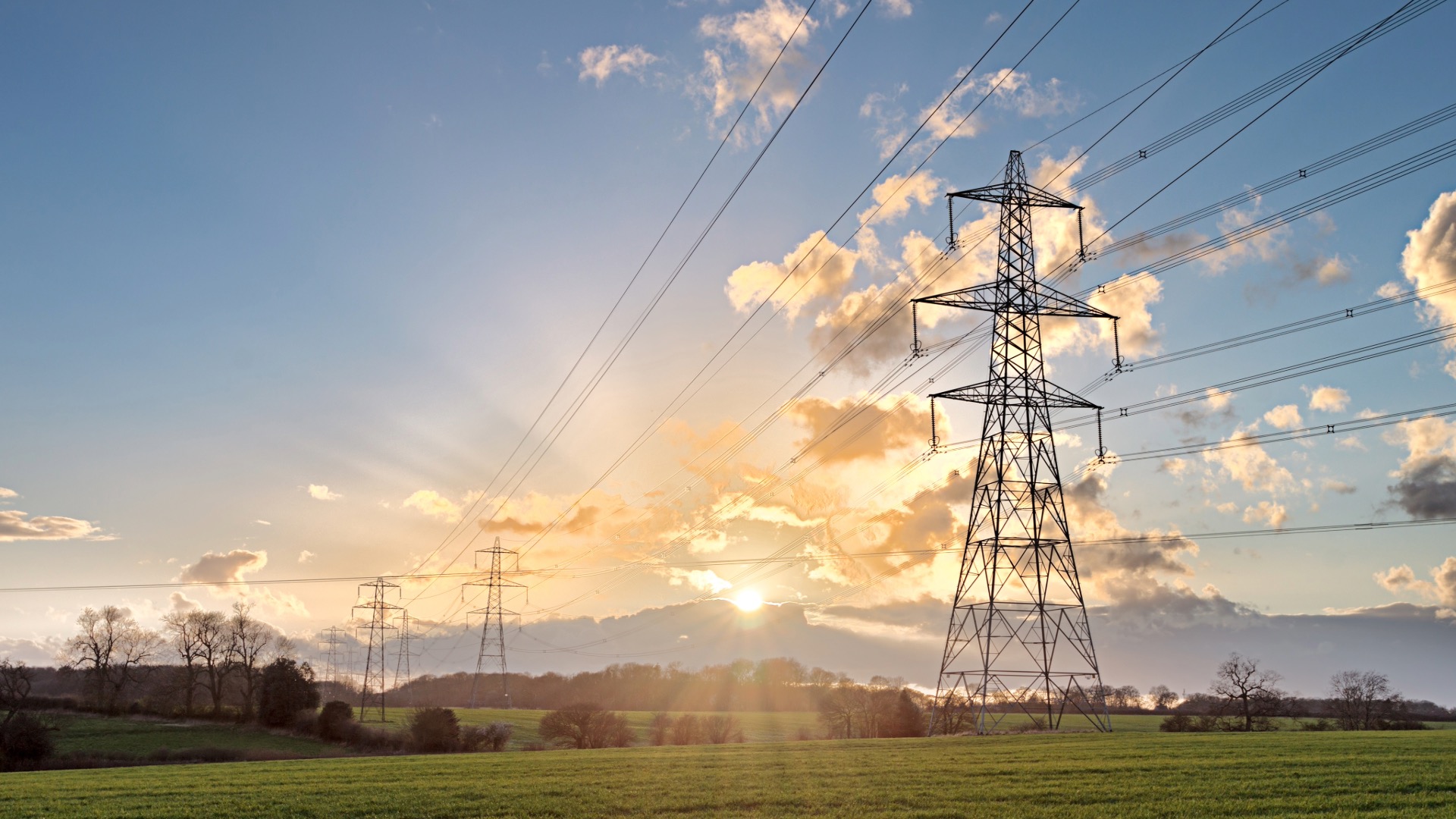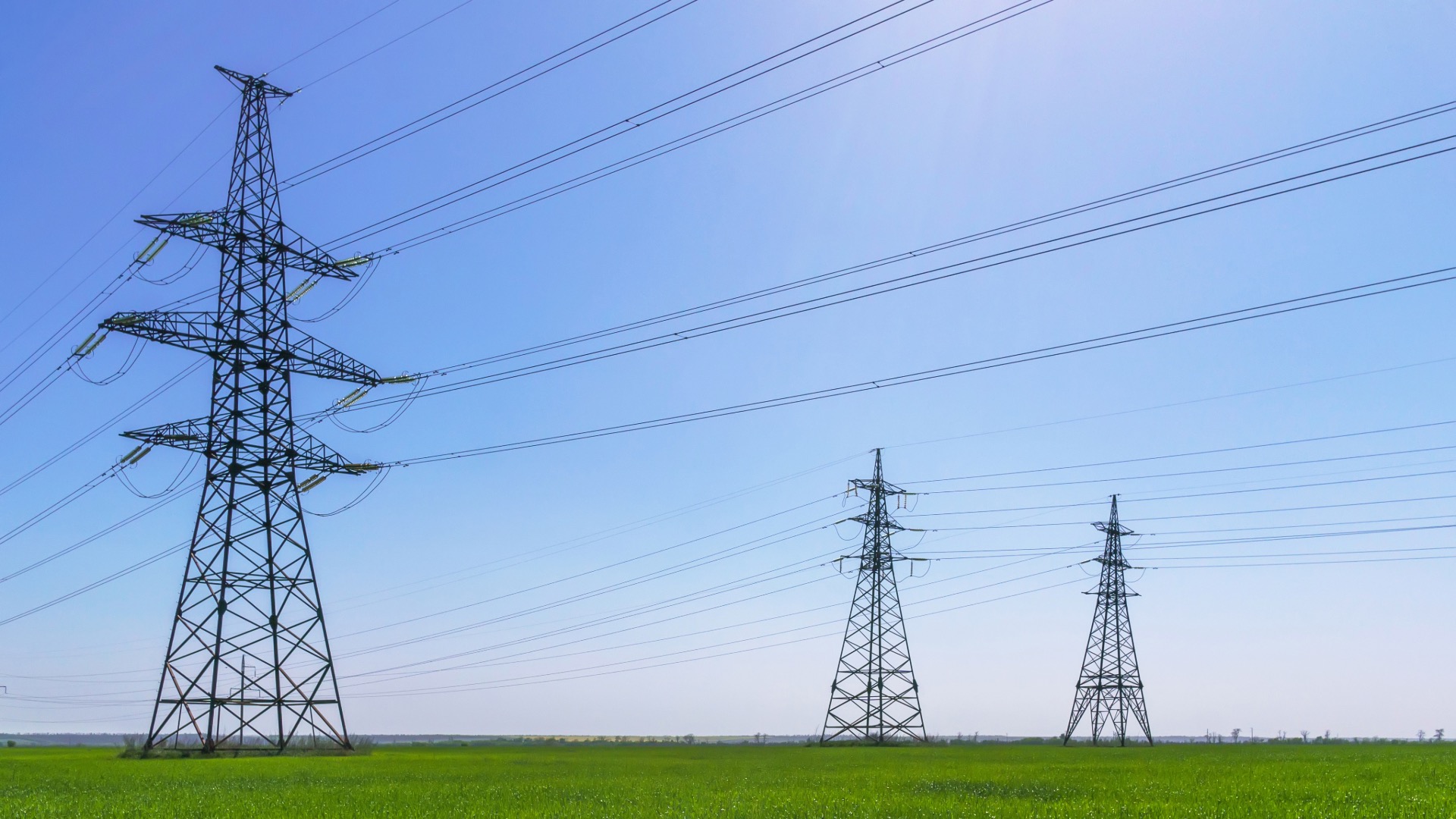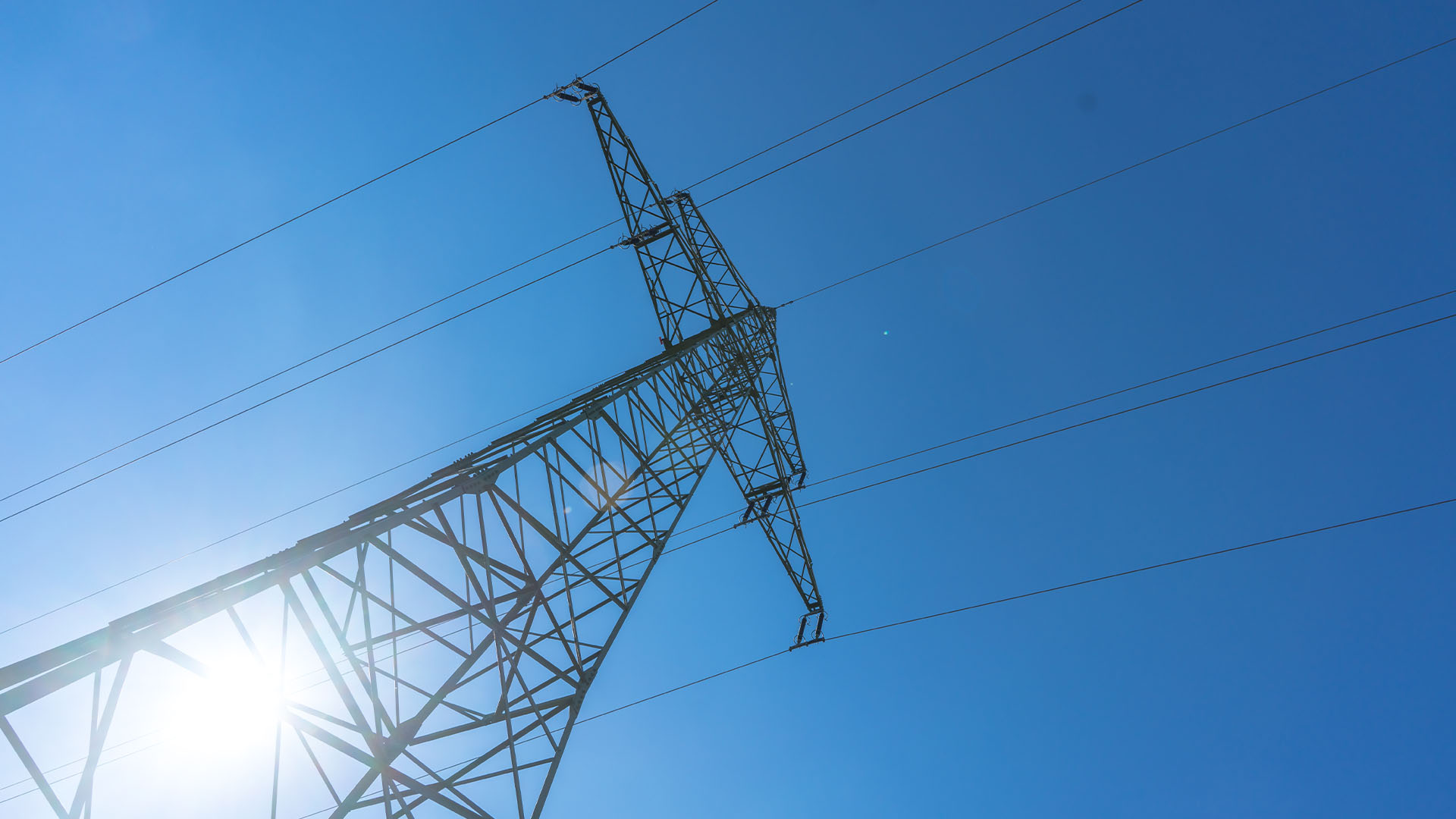by Shawn Crowle
Alberta’s electricity grid plays a crucial role in delivering power to homes, businesses, and farms across the province. With an expanding population and increasing energy demands, understanding how the grid works, where our electricity comes from, and the role of the Alberta Electricity System Operator (AESO) is more important than ever.
This post will take a closer look at Alberta’s electricity system, the AESO, and the importance of electricity grid alerts, as well as Alberta’s import and export of electricity.

How Does Alberta’s Electricity Grid Work?
Alberta’s electricity grid operates as a highly integrated network of power generation, transmission, and distribution systems. The electricity you use comes from various sources, including coal, natural gas, wind, solar, and hydroelectric power. These diverse energy sources are fed into a single power grid, where electricity is transmitted across vast distances to reach cities, towns, and rural areas.
The electricity travels along high-voltage transmission lines, covering long distances efficiently. These transmission lines are connected to substations that lower the voltage, making the power safe to distribute locally. From there, distribution lines carry electricity to homes and businesses throughout Alberta. This seamless integration ensures that electricity is readily available when needed.

Where does Alberta’s Electricity Come From?
Alberta’s electricity generation is unique in that it relies on a variety of sources. Historically, the province was heavily dependent on coal, but a shift toward cleaner, more renewable energy has changed that landscape in recent years, and coal now only accounts for less than 4% of Alberta’s electricity capacity.
Currently, Alberta’s electricity comes from:
- Natural Gas – As Alberta’s primary power source, natural gas is crucial for electricity generation, providing reliable and consistent energy.
- Wind and Solar – Renewable energy is growing, with wind farms and solar arrays contributing more to the grid each year.
- Hydropower – While a smaller contributor, hydroelectric power is another renewable resource that supports our grid.
- Coal – Although in decline, coal still contributes a portion of Alberta’s electricity as the province transitions to cleaner energy solutions.
These diverse energy sources create a balanced grid that can respond to fluctuations in demand, ensuring stability and reliability.

What is the AESO, and How Does It Relate to Alberta’s Electricity Grid?
The Alberta Electric System Operator (AESO) plays a pivotal role in the management and operation of the province’s electricity grid. AESO is responsible for maintaining the balance between supply and demand, ensuring that enough power is generated to meet Alberta’s needs at any given time.
Beyond this, AESO also oversees the wholesale electricity market, ensuring fair competition among power producers and efficient delivery of electricity to consumers. They manage the long-term planning for the grid, identifying potential upgrades and investments needed to maintain Alberta’s power system as it evolves.
Alberta’s Electricity Imports and Exports.
Alberta’s electricity grid is not an isolated system; it is interconnected with neighbouring provinces and the United States. This interconnectedness allows Alberta to both import and export electricity when needed, enhancing grid stability.
- Electricity Imports: During periods of high demand or when there is a temporary shortage of power (e.g., during maintenance or extreme weather), Alberta can import electricity from nearby provinces and states such as British Columbia, Saskatchewan or Montana. These imports help to balance the grid and ensure a continuous supply of power to consumers.
- Electricity Exports: Conversely, when Alberta generates more electricity than it needs, excess power can be exported to other regions. This often occurs when renewable energy sources, like wind or solar, produce surplus electricity. By exporting electricity, Alberta can help neighbouring power grids meet their energy needs while generating revenue.
This ability to trade electricity across borders provides Alberta with an additional layer of flexibility, ensuring that the province’s power supply remains reliable even during fluctuating demand of generation conditions.

What are Electricity Grid Alerts?
From time to time, you might hear about an electricity grid alert in Alberta. These alerts are issued by the AESO when the power system is under stress, usually do to high demand or reduced electricity supply. Factors like extreme weather, outages at power plants, or spikes in consumption during peak hours can trigger these alerts.
Grid alerts are important because they inform both the public and energy producers about potential supply shortages, prompting efforts to reduce demand and protect the grid from outages. In most cases, the public can assist by reducing their energy usage during these alerts, helping to ease the strain on the system.
Why is Understanding the Grid Important?
Staying informed about Alberta’s electricity grid can help consumers better understand where their power comes from and how to use it more efficiently. With organizations like AESO at the helm, Alberta is well-positioned to maintain a reliable and sustainable electricity grid for years to come.




